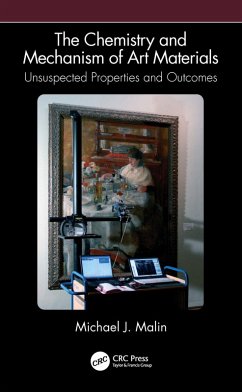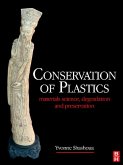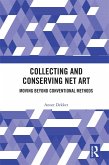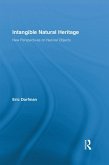Presents an integrated approach to the chemistry of art materials, exploring the many chemical processes involved. It explores the chemical structures and stepwise transformation of starting materials to final products. The approach is descriptive and non-mathematical throughout.
Dieser Download kann aus rechtlichen Gründen nur mit Rechnungsadresse in A, B, BG, CY, CZ, D, DK, EW, E, FIN, F, GR, HR, H, IRL, I, LT, L, LR, M, NL, PL, P, R, S, SLO, SK ausgeliefert werden.









